Archives
- 2025-12
- 2025-11
- 2025-10
- 2025-09
- 2025-03
- 2025-02
- 2025-01
- 2024-12
- 2024-11
- 2024-10
- 2024-09
- 2024-08
- 2024-07
- 2024-06
- 2024-05
- 2024-04
- 2024-03
- 2024-02
- 2024-01
- 2023-12
- 2023-11
- 2023-10
- 2023-09
- 2023-08
- 2023-07
- 2023-06
- 2023-05
- 2023-04
- 2023-03
- 2023-02
- 2023-01
- 2022-12
- 2022-11
- 2022-10
- 2022-09
- 2022-08
- 2022-07
- 2022-06
- 2022-05
- 2022-04
- 2022-03
- 2022-02
- 2022-01
- 2021-12
- 2021-11
- 2021-10
- 2021-09
- 2021-08
- 2021-07
- 2021-06
- 2021-05
- 2021-04
- 2021-03
- 2021-02
- 2021-01
- 2020-12
- 2020-11
- 2020-10
- 2020-09
- 2020-08
- 2020-07
- 2020-06
- 2020-05
- 2020-04
- 2020-03
- 2020-02
- 2020-01
- 2019-12
- 2019-11
- 2019-10
- 2019-09
- 2019-08
- 2019-07
- 2018-07
-
The following are the supplementary data related
2021-12-03
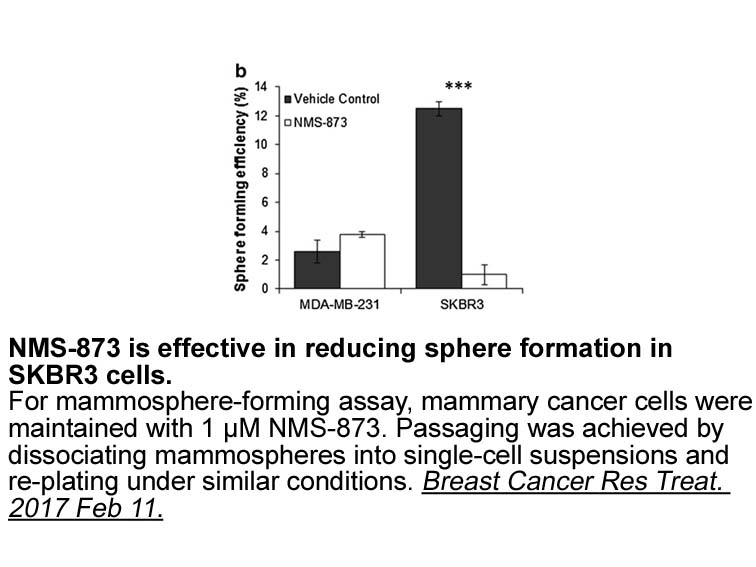
The following are the supplementary data related to this article. Conflict of interest Acknowledgements This work was supported by JSPS KAKENHI Grant Numbers 24770068 and 15K07152. Introduction Aminoacyl-tRNA synthetases (aaRSs) help maintain the genetic code by recognizing their cognate
-
br Regulation of the GLI code by non
2021-12-03
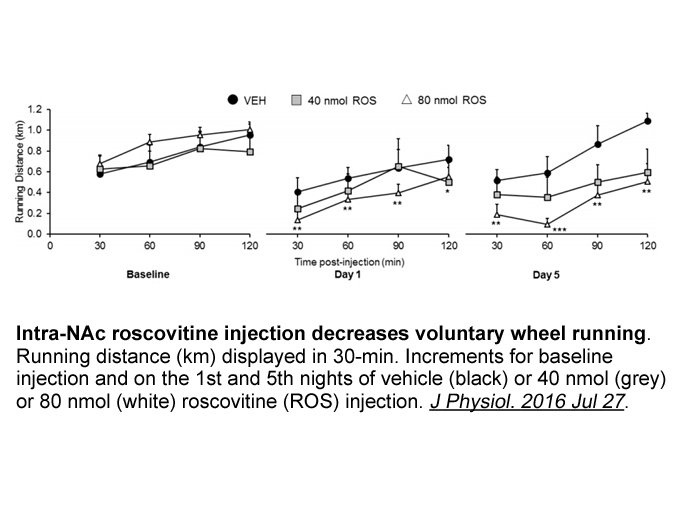
Regulation of the GLI code by non-HH signals and by the oncogenic load The GLI code may be seen as the essential parameter to regulate canonical HH output. Its regulation first appeared to be strictly dependent on the presence of specific levels of HH ligands. Indeed, GLI1 transcription is so far
-
br Acknowledgements br Introduction This article similar to
2021-12-03

Acknowledgements Introduction This article, similar to those before [1,2], presents a selection of nails for those red blood cell physiologists with hammers. The various topics are not necessarily lost for, like occupants on a carousel, they reappear periodically. Sometimes, however, some arti
-
Introduction Type diabetes T D has
2021-12-03
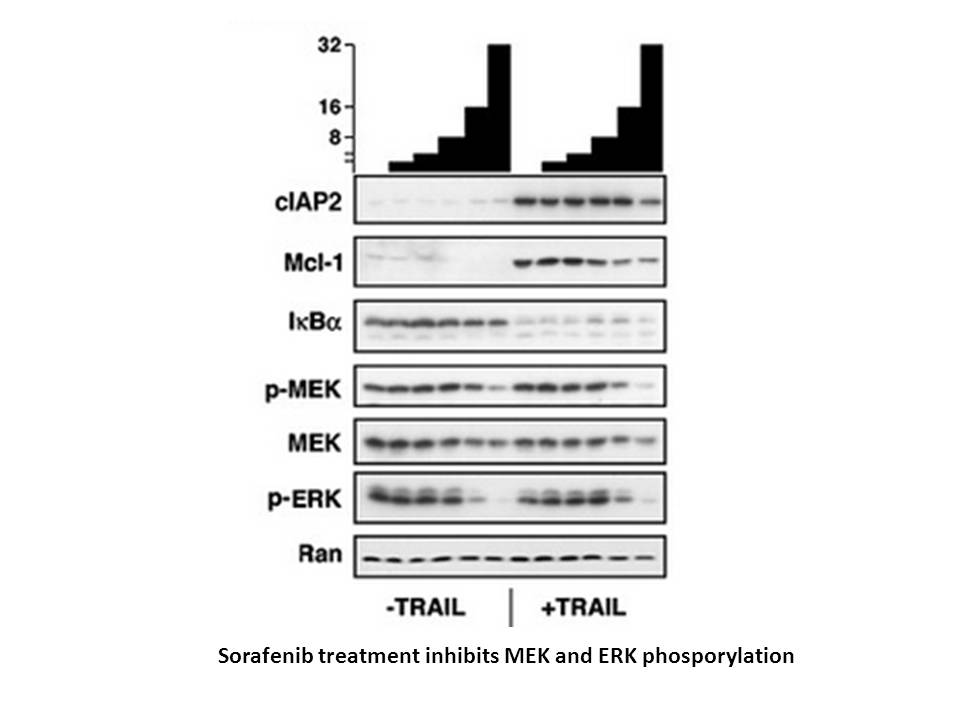
Introduction Type 2 diabetes (T2D) has been seriously affecting the health life of 415 million people and 193 million undiagnosed people [1]. Importantly, this disease was found to cause death at least 1.5 million annually, and has brought about an extensive health concern throughout the world [2,3
-
There have already been many
2021-12-03
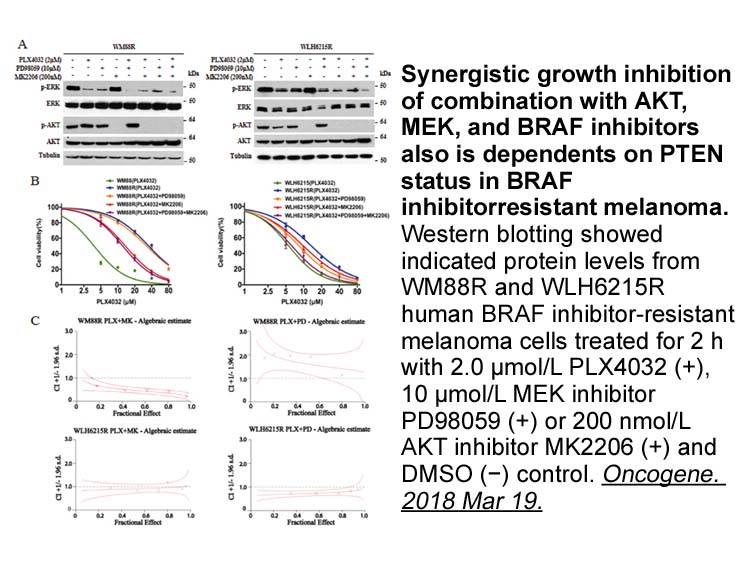
There have already been many reports on the AFS gene (Beuning et al., 2010, Green et al., 2007, Li et al., 2006, Pechous and Whitaker, 2004, Pechous et al., 2005, Yuan et al., 2007, Yuan et al., 2010) and HMGR gene (Pechous and Whitaker, 2002, Rupasinghe et al., 2001). The recent advances concerning
-
Two recently developed highly specific
2021-12-03
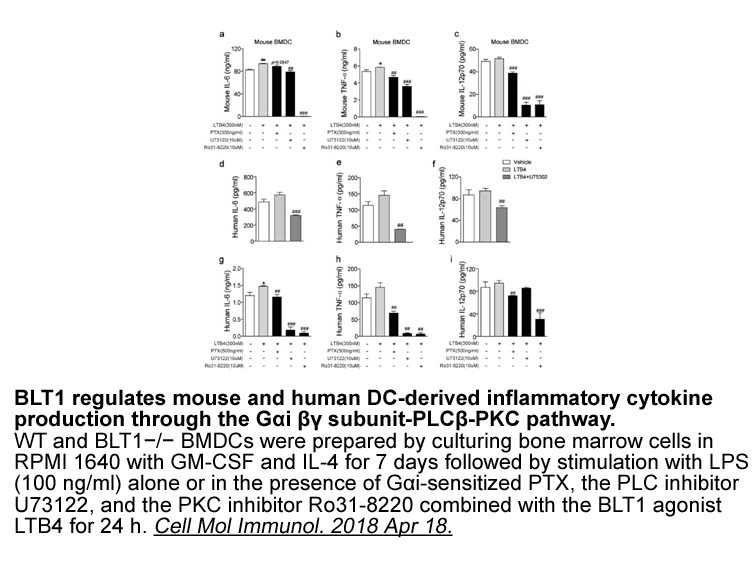
Two recently developed, highly specific EZH2 enzymatic inhibitors, GSK126 and EPZ-6438, are currently in clinical trials for treating lymphomas (Kim and Roberts, 2016). Although these EZH2 inhibitors have shown antitumor effects in lymphoma cells with enzyme-activating mutations of EZH2 (Knutson et
-
In Arabidopsis GCN containing protein complexes are found to
2021-12-03
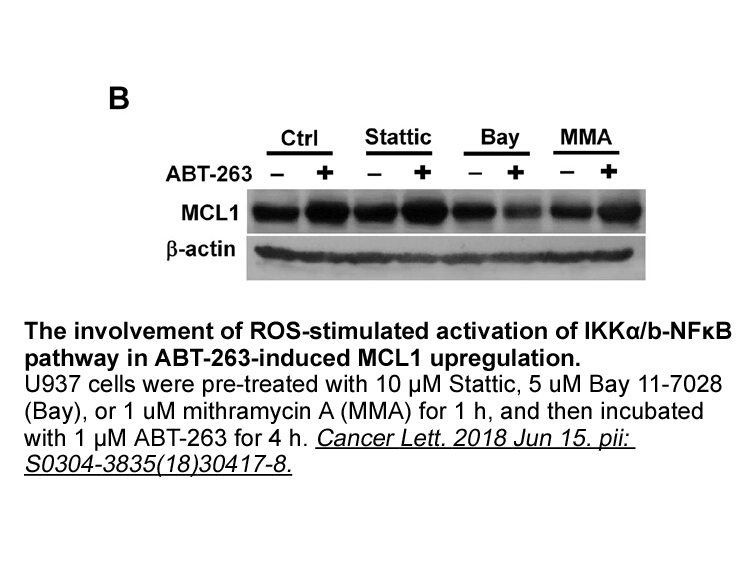
In Arabidopsis, GCN5-containing protein complexes are found to be involved in cell differentiation, leaf and floral organogenesis [[8], [9], [10]]. AtHAC1 has involvement with root elongation, flowering, fertility and de novo shoot regeneration [11,12]. AtHAM1 and AtHAM2 control flowering time by ep
-
28170 The other possibility for the lack of
2021-12-03
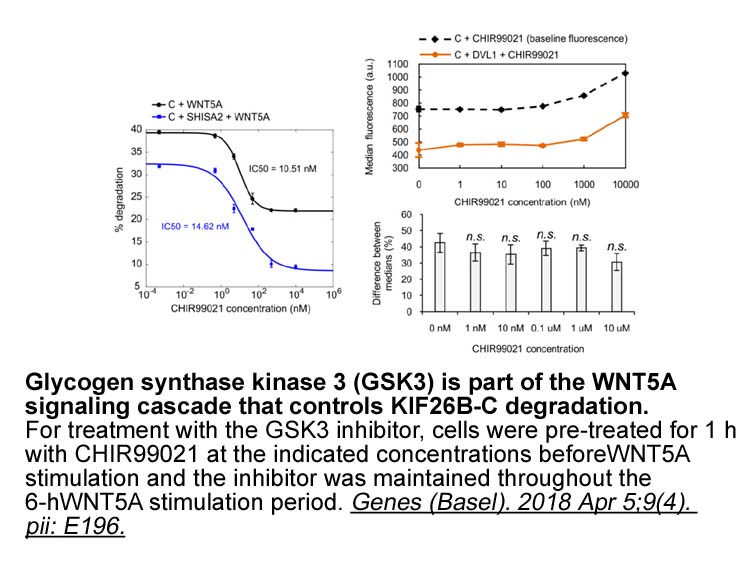
The other possibility for the lack of effects of H1 receptor agonists, e.g. histamine, on the NMDAR-mediated responses is that other neurotransmitters may cause more profound effects than histamine on the gliotransmitter release from astrocytes. For example, recent studies showed that noradrenaline,
-
Parkinson s disease is another neurodegenerative
2021-12-03

Parkinson's disease is another neurodegenerative disorder affecting H3Rs. The most common clinical symptoms of this disease are rigidity, bradykinesia, rest tremor, loss of postural reflexes, and gain impairment owing to progressive degeneration of the dopaminergic neurons in the nigro-striatal neur
-
The cytotoxicity of these compounds against Hep B
2021-12-03

The cytotoxicity of these compounds against Hep3B cells was assessed using the MTT assay. As shown in , compounds in series and (except ), which retained the carboxyl at C-17, showed no appreciable cytotoxic activity (IC > 100 μM), whereas compounds in series (except ,) were modestly cytotoxic, i
-
When analyzing HIV AIDS patients in S o Paulo
2021-12-03
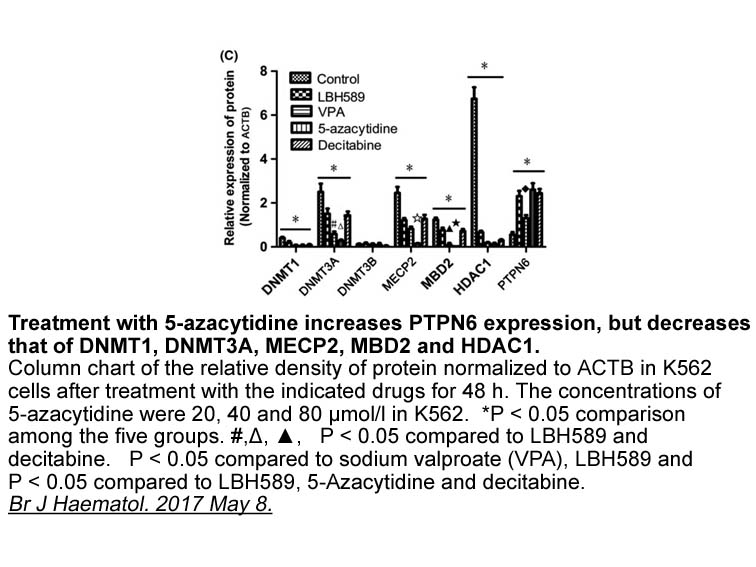
When analyzing HIV/AIDS patients in São Paulo, we detected an association between HIV/HTLV-1/2 infection in black/pardo-colored individuals (OR 2.21, 95% CI 1.21–4.03). However, the majority of serum samples were from patients attending specialized services for hepatitis, other than HIV/AIDS or HTLV
-
GSTP c C T SNP was genotyped
2021-12-03
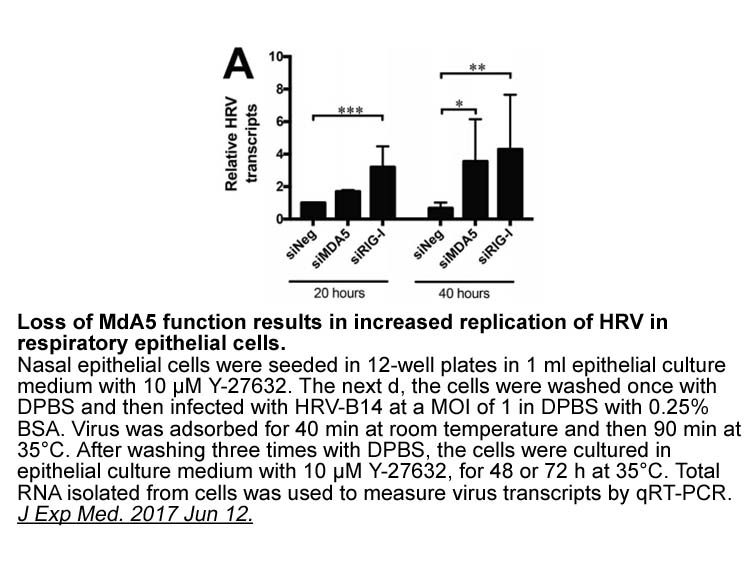
GSTP1 c.341C > T SNP was genotyped in 90 patients tumor and 180 normal healthy individuals. The profile of GSTP1 c.341C > T 3280 and genotypes is shown in Table 2. The profile of the genotypes was in agreement with Hardy-Weinberg equilibrium (χ2 = 2.11). Minor allele frequency (341T) among OSCC pati
-
Both plant hormones and some second messengers are involved
2021-12-03
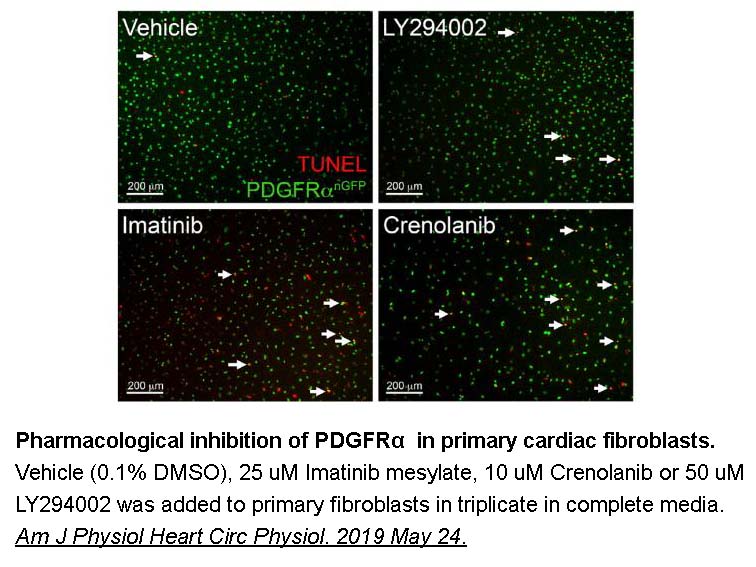
Both plant hormones and some second messengers are involved in Fe-deficiency-related responses in plants (Kobayashi and Nishizawa, 2012). Among these second messengers, nitric oxide (NO) accumulation was induced by Fe deficiencies in tomato and Arabidopsis roots, and it acts as the downstream signal
-
br Introduction In the treatment of patients with AIDS and
2021-12-02

Introduction In the treatment of patients with AIDS and human immunodeficiency virus type 1 (HIV-1), anti-retroviral therapy (ART), which uses anti-HIV drugs such as protease inhibitors, integrase inhibitors and reverse transferase inhibitors, has made a major contribution. There are still some s
-
Introduction Adaptations in the metabolism of cancers contri
2021-12-02
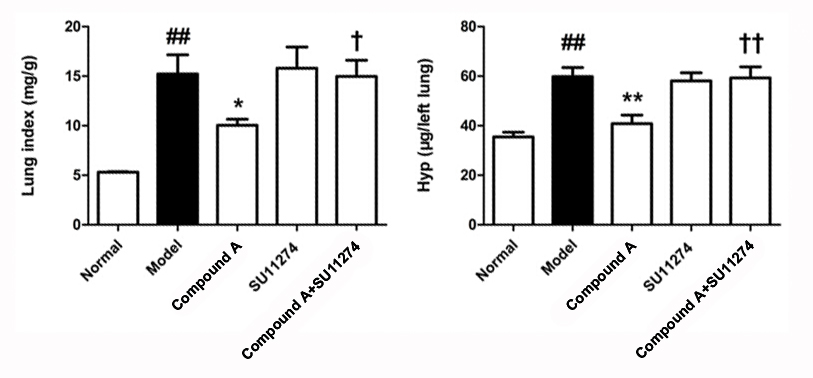
Introduction Adaptations in the metabolism of cancers contribute to tumor survival and growth and present opportunities to develop novel therapeutic strategies (Kelloff et al., 2005, Som et al., 1980). In particular, glutamine metabolism plays such an important role in cancer growth that a phenomen
15016 records 551/1002 page Previous Next First page 上5页 551552553554555 下5页 Last page